The above map represents the Ocean City, Maryland area. The inlet can be observed separating Ocean City to the north from Assateague Island to the south. Sinepuxent Bay meets the inlet at its north end and Assawoman Bay meets the inlet at its south end.
Common -- Expected to be seen on a winter trip to the inlet
Uncommon -- Not to be expected but should be observed at least once if a few trips are taken over the winter
Rare -- Not observed every year at the inlet
Less than five records -- There are only a five or fewer records ever from the inlet
Most of my data mining was gleaned from ebird. Ebird is a Cornell University database where anyone can post their bird sightings. The data entered is then used in many ways to further our knowledge of birds and their movements. While the data on ebird isn't a complete representation of a certain species presence or scarcity, it does give a good view of the overall trend of where species can be expected.
The data shows that there have been 29 species of waterfowl observed at Ocean City Inlet.
COMMON
Atlantic Brant -- During the winter season Brant flocks can often be observed at the inlet. They are usually seen feeding along the rocks of the jetties.
American Black Duck -- This is the only dabbler other than Mallard that is common in the inlet. Like Brant, American Black Ducks can often be observed feeding along the jetties.
Mallard -- Mallards, although not as common as American Black Duck, can usually be observed at the inlet. They are normally viewed around the south jetty or flying down the bay.
Bufflehead -- Bufflehead are often viewed feeding in the inlet.
Black Scoter -- Although not as common as Surf Scoters, Black Scoters can be observed feeding at the mouth of the inlet. Often there is a large mixed flock of scoters at the inlet that contain all three scoter species. If a little time is spent watching the ocean, scoter flocks can be observed flying off the coast. Black Scoters, with the diagnostic head shape can often be picked out of these flying flocks.
Surf Scoter -- Surf Scoters are very common at the inlet. Flocks of these beautiful birds can be seen feeding and flying off the coast.
White-winged Scoter -- Of the three scoter species, White-winged Scoter is the most uncommon, although a few individuals are usually present at the inlet. When observing scoter flocks flying over the ocean look for the birds with white in the wing. This is an easy identification point since both Black and Surf Scoter wings are black.
Red-breasted Merganser -- Red-breasted Merganser is the only expected merganser at the inlet. These birds become very common towards the end of winter and spring migration (February/March).
Long-tailed Duck -- A Long-tailed Duck flock is often present at the mouth of the inlet.
Photo: Andrew Reding
UNCOMMON
Canada Goose -- Canada Geese are uncommon at the inlet. Usually sightings are recorded as flocks flying down the bay instead of out on the ocean.
Greater Scaup -- Greater Scaup are normally only viewed at the inlet during migration while flocks of scaup are flying off the coast. Both Lesser and Greater Scaup can be very common on Sinepuxent and Assawoman Bays.
Lesser Scaup -- Like Greater Scaup, birders don't usually see scaup on the water in the inlet. Usually scaup are observed in flocks flying off the coast. Just off the inlet in the coastal bays both scaup species can be very common.
Harlequin Duck -- Harlequin Ducks are one of the specialty birds at Ocean City Inlet. Harlequins are almost annual but they can be surprisingly difficult to observe.
Common Eider -- Another inlet specialty. Common Eiders have increased in numbers in recent years. On January 23, 2010 Hans Holbrook counted an amazing 86 Common Eiders. Counts in the 20s and 30s are not unusual.
RARE
Tundra Swan -- In ebird there are only ten sightings of Tundra Swan at Ocean City Inlet from 1968 to 2011. At least three of these sightings were flocks migrating over the ocean and five of the ten sightings were recorded in November. The high count goes to Bill Hubick and friends who viewed a flock of 35 flying north of the ocean on November 11, 2011.
Snow Goose -- When viewed at the inlet most Snow Geese are observed in flocks flying to the west over the mainland. There are only 12 sightings for Snow Geese in ebird recorded from the inlet. On January 18, 2010 Jim Stasz and friends saw 10,000 Snow Geese!
Northern Pintail -- The majority of the 12 records are from February and March when Pintails migrate north. The high count belongs to Mary Gustafson who observed a flock of 100 birds on February 27,1994.
American Wigeon -- The ten records in ebird range from early November through the end of February, with no real visible trend. The high count was on November 7, 2009 when Bill Hubick and friends observed five birds flying south over the ocean with eight American Black Ducks and a Blue-winged Teal.
Common Goldeneye -- Common Goldeneye are notoriously difficult to find in the Ocean City area. It is not surprising to note that there are only ten records from the inlet. All of these records are single birds. Since 2000 there has only been six records.
Photo: US Fish and Wildlife
King Eider -- King Eiders may be common one year and absent the next. The winter of 2008/2009 was the last season when King Eiders were viewed with any regularity at the inlet, although there were scattered reports from 2010 and 2011. On February 7, 1998 Sam Dyke recorded 10 birds at the inlet.
Photo: Martha de Jong-Lantink
Hooded Merganser -- Most of the 13 records in ebird are from the end of December through February. Kathy Braeuninger recorded 10 birds on February 18, 2007.
LESS THAN 5 RECORDS
Mute Swan -- Mute Swans are extremely rare in the Ocean City area. There is only one record from the inlet when Rob Ostrowski and friends observed one bird on February 6, 2011.
Wood Duck -- There are three records from the inlet. All of the sightings were during migration. Two observations were made in November and one from the end of February. On November 29, 2009 Bill Hubick and friends observed two birds in flight.
Green-winged Teal -- There are 4 records in ebird for Green-winged Teal from the inlet. On November 7, 2009 Bill Hubick and friends observed 93 birds flying south over the ocean. In his checklist notes Bill writes that there were many small flocks flying south.
Photo: Jason Crotty
Northern Shoveler -- There are five records for Northern Shoveler from the inlet. On January 22, 2003 Sam Dyke observed four birds.
Blue-winged Teal -- There is one record for Blue-winged Teal in ebird from the inlet. Bill Hubick and friends saw one bird flying south with a flock of eight American Black Ducks and five American Wigeon on November 7, 2009.
Canvasback -- There are five records for Canvasback from the inlet on ebird. It is interesting to note that when looking at a map of Canvasback records on ebird, there are surprisingly few along the coast. There are the stand outs where flocks are known to winter like Silver Lake in Rehobeth, Delaware and West Ocean City Pond in Maryland but south of Ocean City they become very scarce.
Redhead -- There are 5 records for Redhead at the inlet in ebird. On November 27, 1994 MaryAnn Todd saw eight Redhead at the inlet.
Common Merganser -- There is only one record of Common Merganser from the inlet in ebird. Jim Stasz recorded one bird on December 28, 2010. Common Mergansers are extremely rare along the coast.
I would like to thank Bill Hubick who supplied all but four of the wonderful photographs. Bill also gave valuable input into the category placement for each of the waterfowl species. I like one of the statements Bill sent me in an email,
"Fall dabbler migration is similar to other East Coast seawatching areas, with small flocks readily detected over both the ocean and inland side of the barrier islands. Flocks are often mixed, and nearly any Maryland species can fall in with the abundant flocks of scoters. Like other sites along the coast, Green-winged Teal appears to be most common, but Northern Pintail, American Wigeon, American Black Duck, Mallard, and Wood Duck also deserve mention."
With more observation during migration, I'm sure the records for most of these species would increase greatly.
I would like to place emphasis once again that all my data was taken from ebird. For sure, there have been more records for every one of the species above and each species placement is purely my opinion. I encourage everyone who doesn't use ebird to give it a try. It is very easy to use and you don't have to be a birder to enjoy using this tool. Most of the waterfowl mentioned above can be identified by the casual observer, so why not try a little citizen science and give ebird a try. Take your kids out and look for ducks, write down what you see, then go home and together enter your sightings into ebird. It will be fun. I promise.
To check out ebird go to -- www.ebird.org
Thanks again to Bill Hubick for allowing me to use his photographs. A few of the above photos were gleaned from Flicker Creative Commons.
Bill Hubick -- www. billhubick.com
Andrew Reding -- http://www.flickr.com/photos/seaotter/
Martha de Jong-Lantick -- http://www.flickr.com/photos/marthaenpiet/
Martha's Flickr site is amazing. I encourage everyone to go and check out her photos.
Jason Crotty -- http://www.flickr.com/photos/46789814@N05/
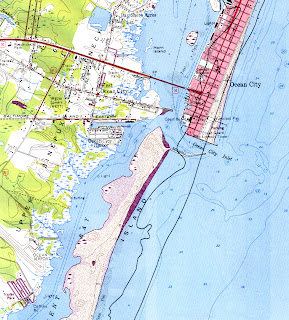

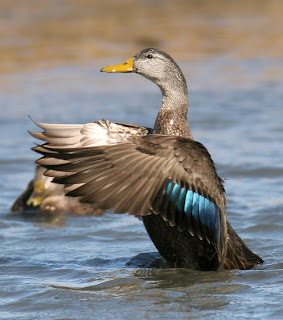
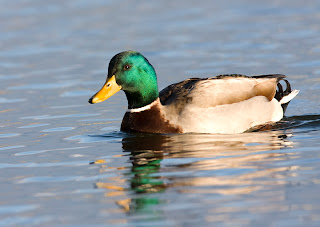
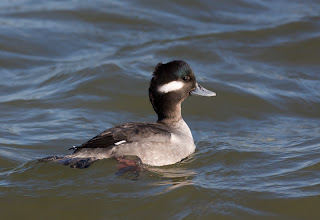

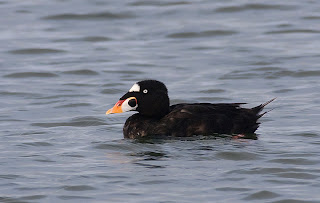
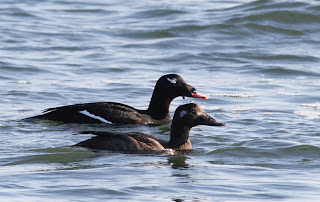
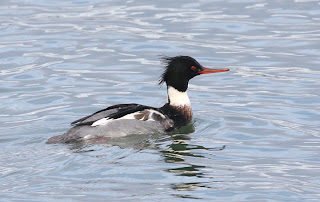


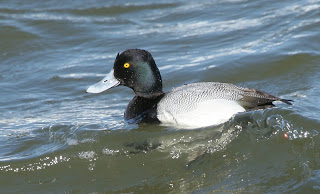

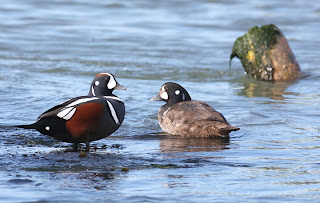
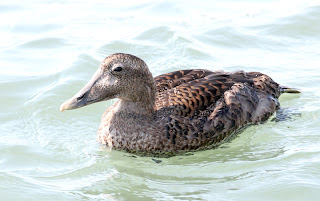

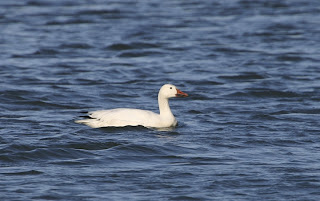
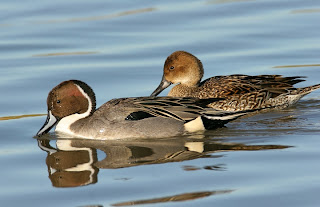




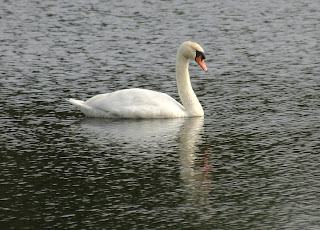

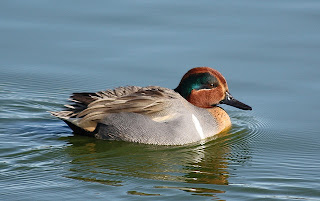
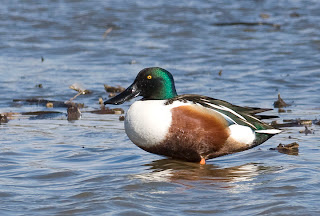
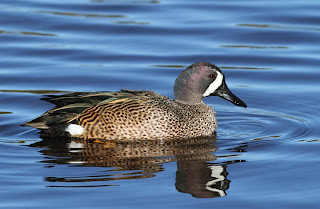
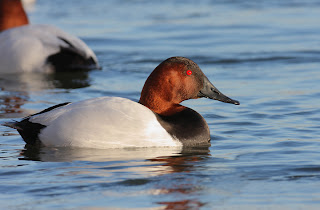

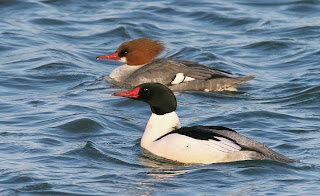
No comments:
Post a Comment